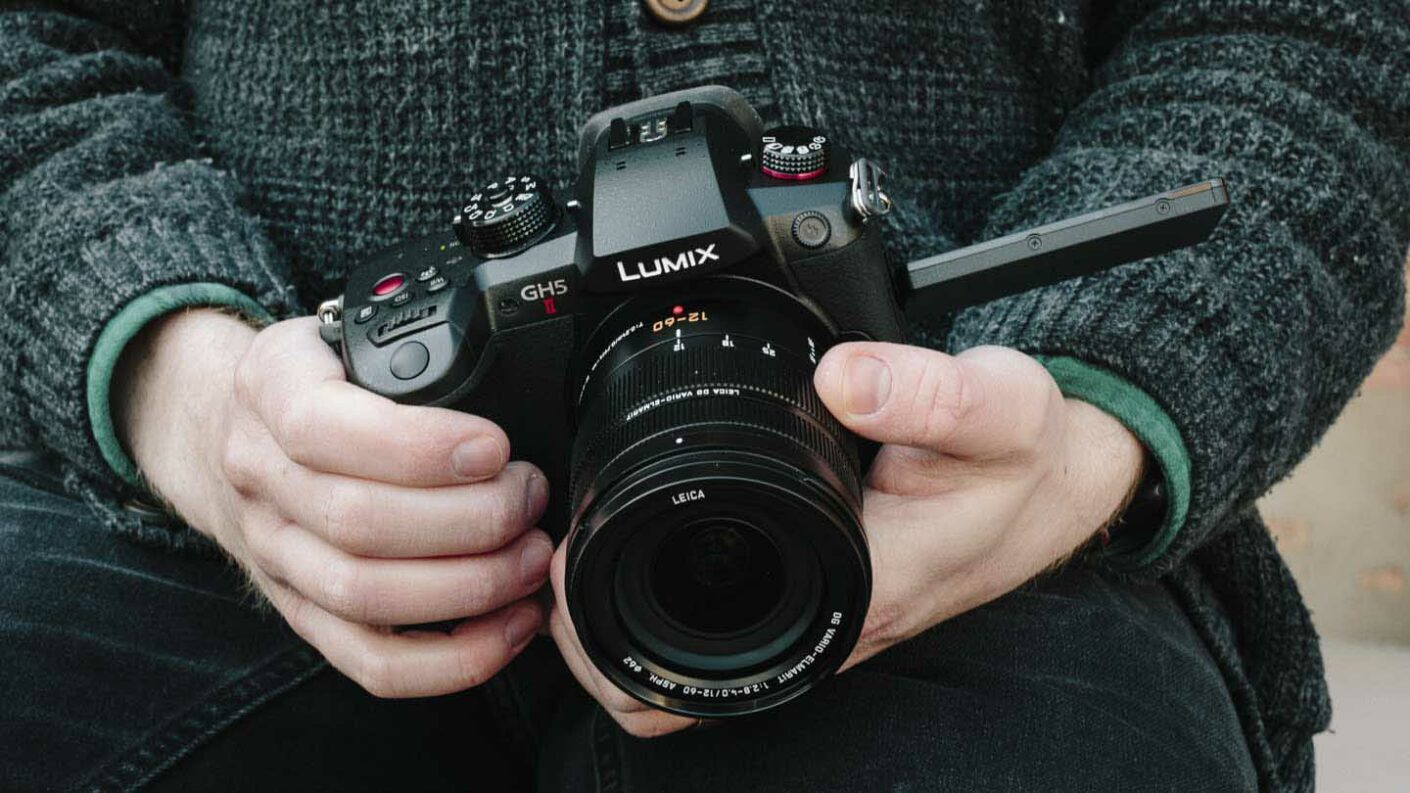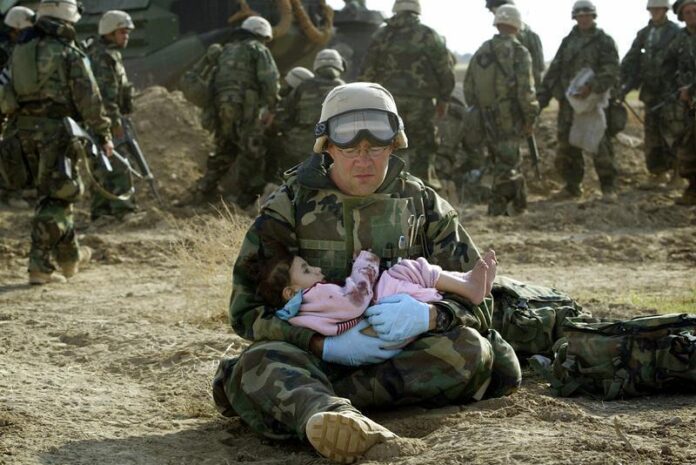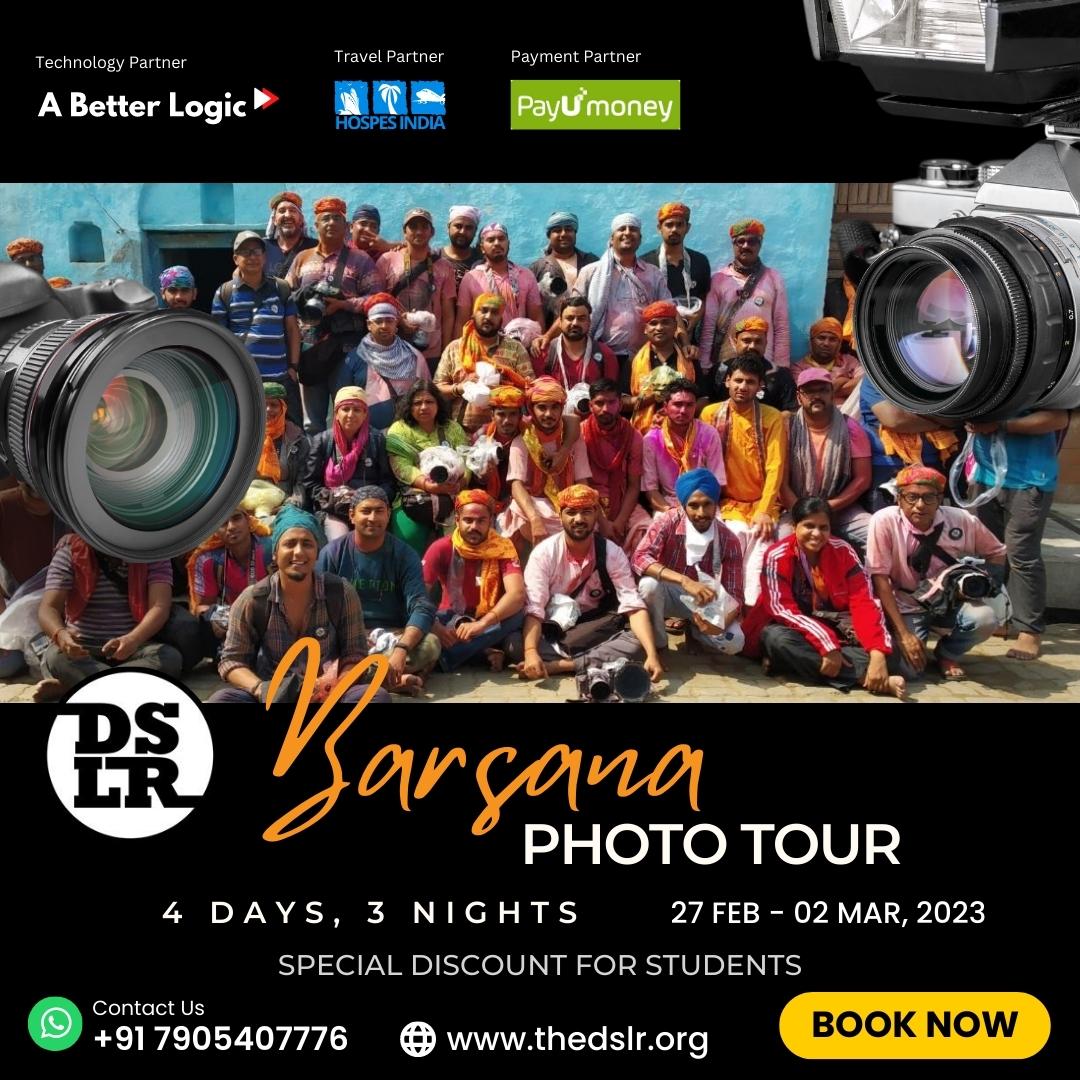People may now see events from a very different perspective because of photography, which has been firmly ingrained in our culture for a long time. Photography “speaks” on an emotional level.
The impression on the viewer might have a huge impact. In addition to taking good photos, it’s important to develop your storytelling skills.
The photography skills are also political photography. When a wedding photographer places the happy couple instances and scenarios that have been used over many generations, it is political because it promises stability and idealizes one sort of relationship over all others. Think about a standard wedding image. You’ve got a really clear idea in mind.
It is not because that particular presentation is the only one that naturally occurs, the only one out of the countless options for dress, facial expressions, and body language that need to somehow occur for it to be a traditional wedding portrait.
Why is photography crucial for politics and history?

Photography, failing to recognise its importance for historical documentation. For historical eras, papers, artefact collections, and oral traditions are crucial sources of knowledge. It is crucial to include a photograph among the sources of primary source material.
History has a propensity to ignore other groups and concentrate primarily on important political personalities. Understanding the people who lived during a specific era and how they affected society is crucial. Historical events can be captured through photographs to make them seem more genuine than just narrative.
Book Barsana Photo Tour 2023 Photography Tour by DSLR
For historical documentation, photographs are a debatable topic, much like any other source or relic and have become indispensable. It offers a look at social groups that were not before addressed or investigated.
The lives of the average person are frequently eclipsed by those of the famous, but through the use of diverse photographs, a reconstruction of their life can be built.
Photos also capture certain exceptional and unguarded moments of significant individuals, which can enrich discussions of history. This portrays an element of a historical figure’s life that reveals a complex character. Investigations into the past now include a new and exciting component thanks to photography.
Furthermore, photography reveals more about illustrious and well-known people. Private or public photographs show new sides of subjects. Certain numbers are better understood when combined with documents, audio, artefacts, and video recordings.
Leaders of nations and politicians are aware of the influence of images. A leader must have a certain image in the eyes of the people. By doing this, political power and public support grow.
Therefore, photographs can be edited and faked, but they also have political biases. Each and every image, whether stationary or moving, conveys a unique viewpoint. Aesthetic decisions are reflected in images.
From a specific perspective, they depict the world. Of course, they always leave out more than they take in. Because every image in a photograph has been picked out and created by a certain person, it is impossible for a photograph to be objective.
There aren’t many other methods to photograph the thing in question because it is captured from a specific perspective and then manufactured and duplicated in a specific way.
When it comes to individual and group efforts to understand images, the same political dynamics are at work. By themselves, photographs are illogical. They need to be observed and analysed.
They acquire significance in relation to other images as well as the societal and personal conventions and assumptions that surround us.
Thus, the viewing experience is entwined with not only past experiences, such as memories of other images seen in the past, but also with the values and visual traditions that have been recognised as common sense by long-standing cultural standards.
At this intersection of visuality, society, and politics, power relations are unavoidably present.
Conclusion
Photography may broaden the horizon and communicate about a city, people, or country in addition to telling a tale about just one individual. A random picture captured during an event is photography. In light of this, photography is distinctive. Moments that go from memories can be captured through photography. They depict the emotions, atmosphere, and feelings.
In addition to taking good photos, it’s important to develop your storytelling skills. The meaning the viewer offers through good images is really rich. Invigorating memories, photography is like a sea wind.
The most common mistake is to claim that one’s actions are not political because they simply carry on a tradition, follow in the footsteps of many others, are simply “what one does,” or are not perceived to be political. It is always your decision whether to adhere to tradition or break with it. There’s a chance it’s a covert one, one that nobody notices.
![]()


